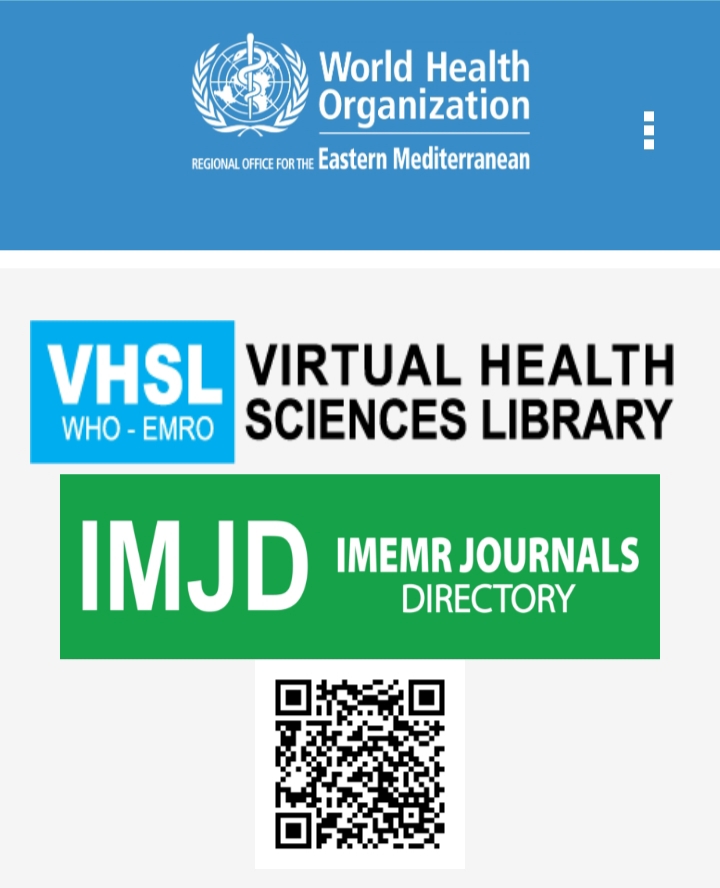A Comparison Between Virtual Models Obtained by Intraoral Scanner and Their Three Dimensionally Printed Models
Abstract
Aims: Evaluate and compare the accuracy of virtual models and their three dimensionally printed (3D) models. Materials and methods: Reference models were prepared with four types of prostheses: 3-unit fixed bridge (FXD), single crown (SC), Cl I Kennedy classification (Cl I) and Cl III Kennedy classification (Cl III). Digital impressions of the reference model were created using the Trios intraoral scanner. Reference and 3D printed models were subsequently scanned using a laboratory optical scanner, and files were exported in a stereolithography file format. All datasets were superimposed using 3D analysis software to evaluate the accuracy. The Wilcoxon signed-rank test weas performed to compare the virtual and 3D printed groups in each type of preparation model. Results: The 3D printed casts showed a higher deviation from the reference cast (in all types of preparations) than the virtual cast of Trios IOS. There were significant differences between virtual and 3D printed cast samples in the Fixed bridge, Single Crown and Class I Kennedy Classification groups, while for the comparison between the virtual and 3D printed cast samples in the Class III Kennedy Classification group, we found that there were no significant differences. Conclusions: Intraoral scanners have a high accuracy level. The 3D printed models showed a significantly higher deviation than the digital impression with a clinically acceptable level of accuracy.











